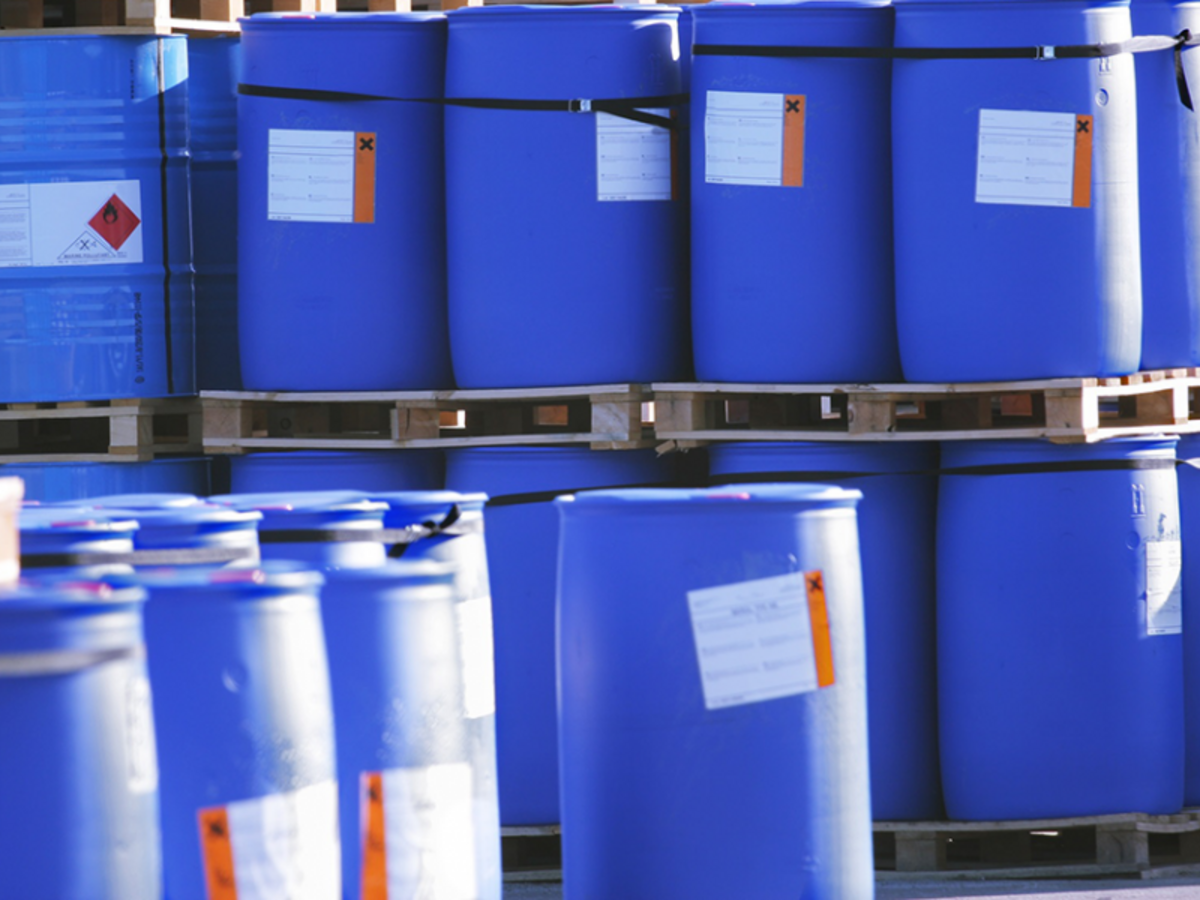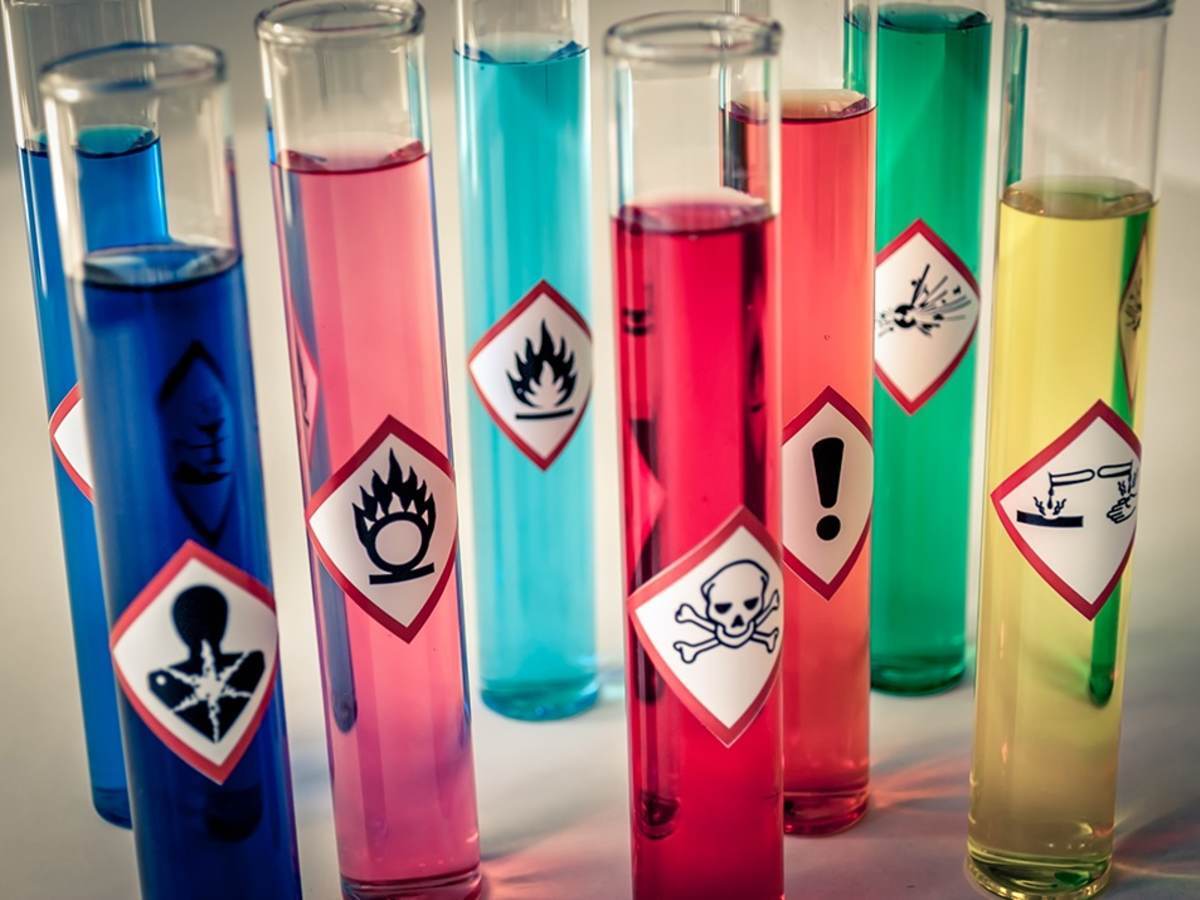May 22, 2024
By Alexis Wilhelm, regulatory affairs lead
The Occupational Health and Safety Administration (OSHA) published the final rule to update the US Hazard Communication Standard (HazCom) in the Federal Register on May 20, 2024, with an effective date of July 19, 2024. This update officially moves the US adoption of the Globally Harmonized System of Classification and Labelling (GHS) to the 7th Revision of the Purple Book and aims to clear up issues that responsible parties faced with HazCom 2012. Additionally, OSHA added some specific elements to the HazCom standard from the 8th Revision of the Purple Book as well, like the addition of the chemicals under pressure classification.
Companies are allowed to utilize the 2024 revision from the date of publication in the Federal Register. OSHA has adopted a phased-in compliance schedule, which is detailed below.
| Compliance Type | Compliance Deadline |
| Substances | January 19, 2026 |
| Workplace substances (HazCom policy, workplace labelling, employee training) | July 20, 2026 |
| Mixtures | July 19, 2027 |
| Workplace mixtures (HazCom policy, workplace labelling, employee training) | January 19, 2028 |
Key definitions
Combustible dust is now clearly defined in part (c). This definition is similar, although not completely the same as the definition listed in Annex 11 of Revision 8 of the Purple Book.
Physician or other licensed health care professional (PLHCP) addresses the scope of practice for medical professionals and is relevant for the discussion concerning trade secrecy.
Labelling and compliance deadlines are now connected to the release for shipment of a product.
The definition of pyrophoric gas has been removed. Classification criteria for this endpoint is now listed under the flammable gas endpoint.
Classification
Classification criteria and appropriate test methods have all been updated to align with Revision 7 of the Purple Book. Although testing is not mandatory under the HazCom standard, OSHA maintains references to older versions of test methods, to allow for data utilized under HazCom 2012 to continue to be used under the 2024 update. Language around the requirement to classify a product based on normal use and foreseeable emergencies has changed slightly. However, the requirement to classify a product based on the use under normal conditions, and emergencies that result in decomposition and reactions with other chemicals still must be considered.
For physical hazards, the class of desensitized explosives has been added. Additionally, flammable gases have been updated to add chemically unstable gases and pyrophoric gases under Category 1A. Flammable Aerosols has been replaced by Aerosols and Chemicals Under Pressure. Category 1 and 2 continue to cover products that are flammable, while Category 3 has been added to cover non-flammable aerosol products. An important note has been added to Aerosols and Chemicals Under Pressure that explicitly states that these products do not additionally fall under the endpoints of flammable gases, gases under pressure, flammable liquids, or flammable solids. The exclusion from gases under pressure is a major classification and labelling shift for the US market.
For skin corrosion/irritation classification OSHA has adopted the tiered approach as it is listed in the 8th Revision of the Purple Book, based off feedback during the public comment period.
Table A.7.1 lists the cut-off values for substances that drive a mixture classification for reproductive toxicity. The cut-off values are all listed as ≥ 0.01%. This was a major deviation from the proposed rule and all other international adoptions of GHS. UL Solutions reached out to OSHA and it was confirmed that the values were printed in error and that the cut-off values should be 0.1%. A correction notice will need to be issued in the Federal Register to correct this error.
Safety Data Sheets (SDS)
The SDS has been updated to align with Revision 7 of the Purple Book. Sections 12-15 remain non-mandatory sections and Section 9 has been revamped to eliminate appearance (being replaced by physical state and color), combining odor threshold with odor and evaporation rate with vapor pressure and adding particle characteristics. Additionally, if read across data is used during the classification process for a health hazard, that process or alternative chemical should be explicitly stated in Section 11.
OSHA has adopted the use of prescribed concentration ranges for companies to protect their exact concentration as a trade secret. The prescribed concentration ranges are fully aligned with the Hazardous Products Regulations (HPR) in Canada. The appropriate range should be selected that covers the actual range of a hazardous substance in the product. If the actual concentration of the hazardous substance is between 0.1%-30%, two of the prescribed ranges can be combined. Additionally, a narrower range is allowed.
Also, OSHA has added in the preface of ‘U.S.’ before address and telephone number in Section 1 of the SDS, confirming that the responsible party is required to be in the United States. This revision is also reflected in the required label elements found identified in (f)(1)(vi).
Labels
Small containers are now defined by OSHA as containers ≤ 100 ml and ≤ 3 ml. Containers ≤ 100 ml are exempt from the labeling requirement to include hazard and precautionary phrases. A statement should be included that the lets the user know that the full labeling information can be found on the immediate outer package. Containers ≤ 3 ml have no labeling requirement. At a minimum the product must contain the product identifier. All regulatory information must be included on the immediate outer package.
Responsible parties have six months to update labels when new information is received. Products that have been released for shipment but remain in a warehouse or distribution center do not necessarily need to be relabeled after the six-month period, however the updated information does need to be communicated down the supply chain. Printing updated labels for each shipment and supplying them along with the product is one potential option a responsible party can use to avoid relabeling products. Another option would be for the responsible party to work with the downstream entity and supply the updated labelling information via an agreed upon a method of delivery.
In addition to the classification for acute inhalation toxicity, OSHA has added the additional hazard statement of “corrosive to the respiratory tract” and the requirement to include the corrosive pictogram. These labeling elements are appropriate for products when the primary mechanism of toxicity is due to corrosive damage to the mucous membrane and tissue of the upper respiratory system. Data relevant to skin corrosion could be pertinent for the additional labeling requirements. If the damage to the respiratory system does not lead to lethality the classification of specific organ toxicity may apply. Expert judgement is needed to understand all data and assign the appropriate classification and labeling elements.
C.4.31 addresses the labeling requirements for non-GHS endpoints. Once a product is classified as a combustible dust, responsible parties can select the appropriate hazard statement from the two that are listed. “If small particles are generated during further processing, handling or by other means” has been added as on option to be utilized with either hazard statement. OSHA added these options to clarify the label information when a product is not shipped in a dust form, but a combustible dust can be generated by further processing.
Final Rule: https://www.govinfo.gov/content/pkg/FR-2024-05-20/pdf/2024-08568.pdf
Regulatory Roundup Newsletter
Never miss an update
UL Solutions, the global safety science leader, can keep you updated on the latest events with a variety of materials, ranging from the latest regulatory news, webinars, white papers, events, industry insights and more.
Subscribe to our monthly Regulatory Roundup Newsletter and stay up to date on current and upcoming regulations and all the latest chemical industry news.
Safety Data Sheet (SDS) Authoring and Labeling Software and Services
Create, maintain and distribute comprehensive SDSs and labels to meet your increasingly complex global compliance requirements.
Chemical Regulatory Compliance
Manage your chemical compliance needs with the help of global regulatory expertise and leading resources.
Chemical Compliance Training
We provide a series of chemical regulatory training programs designed to help understand the diverse set of requirements and how to confront them.
Get connected with our sales team
Thanks for your interest in UL's products and services. Let's collect some information so we can connect you with the right person.





